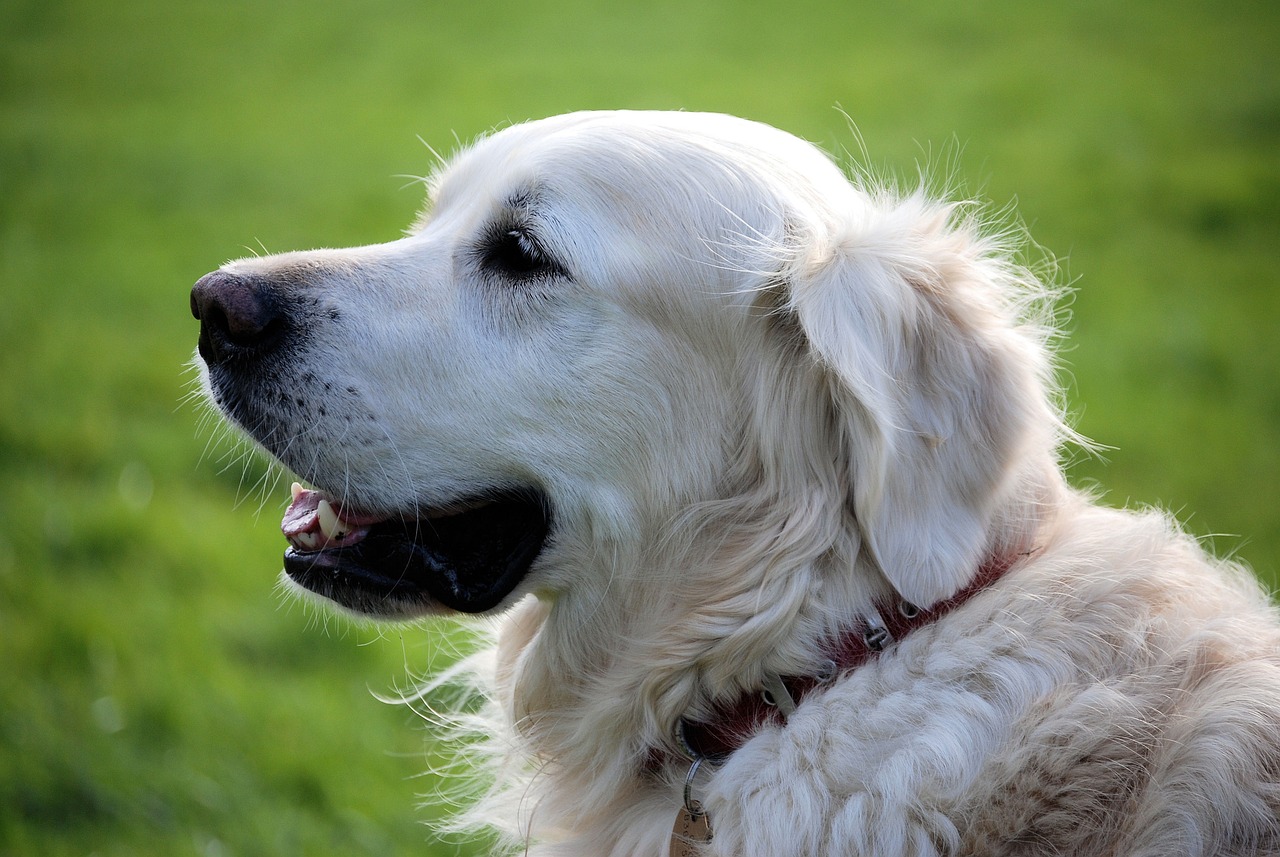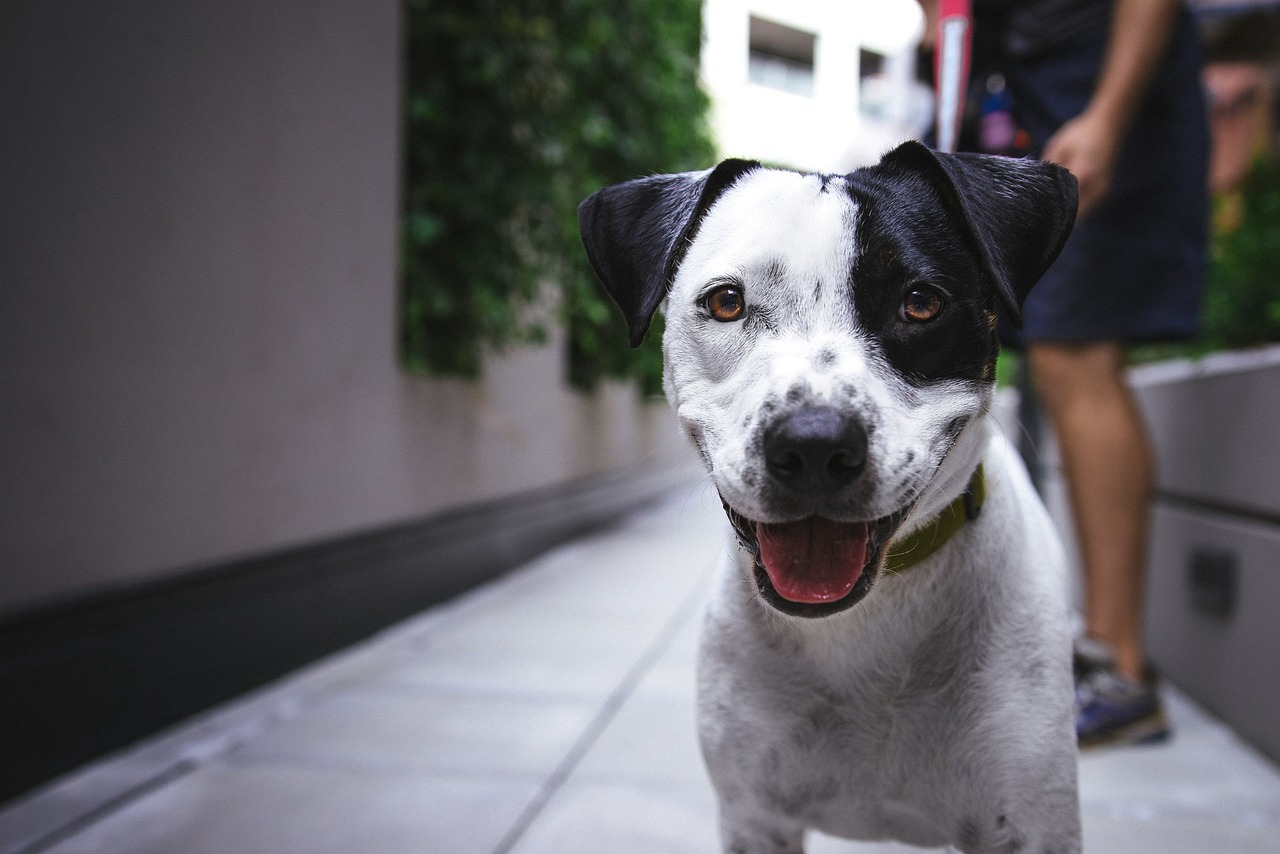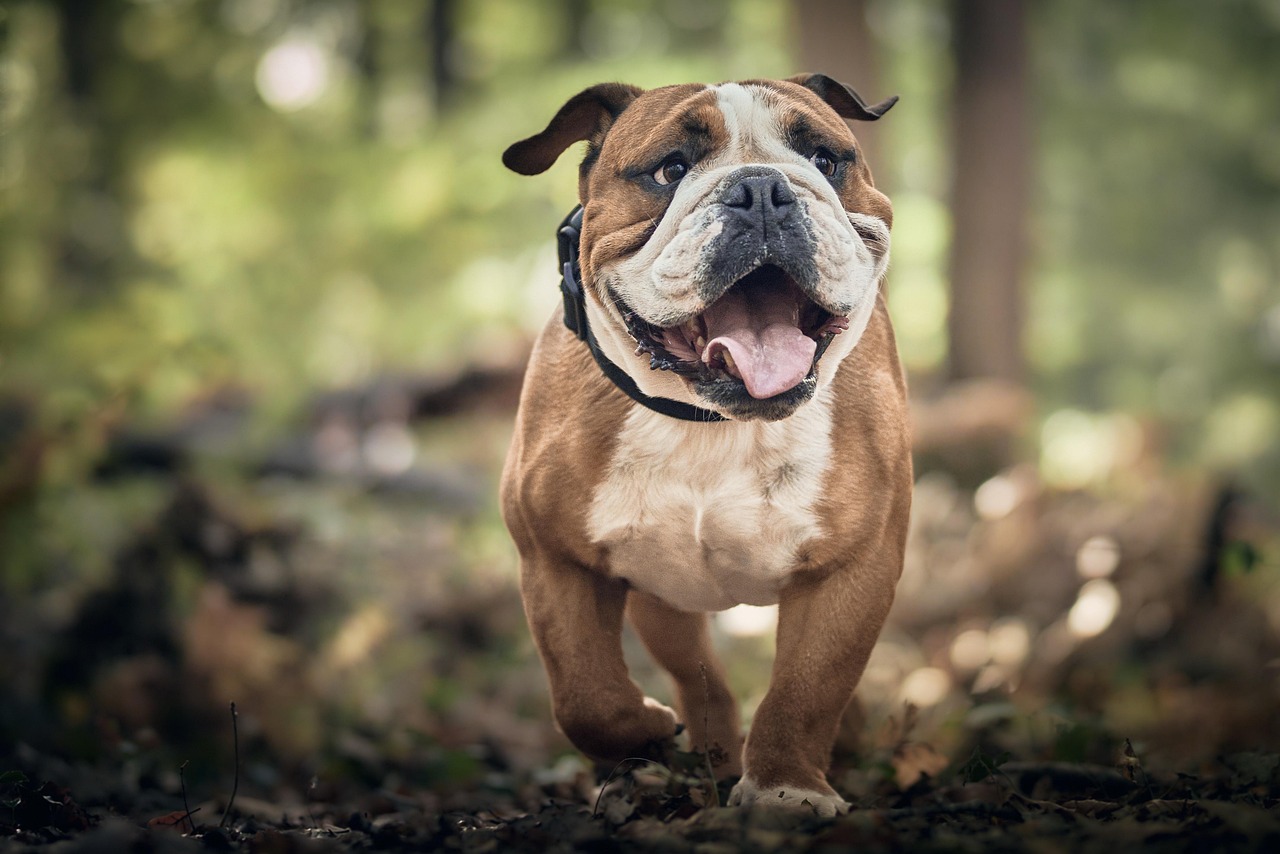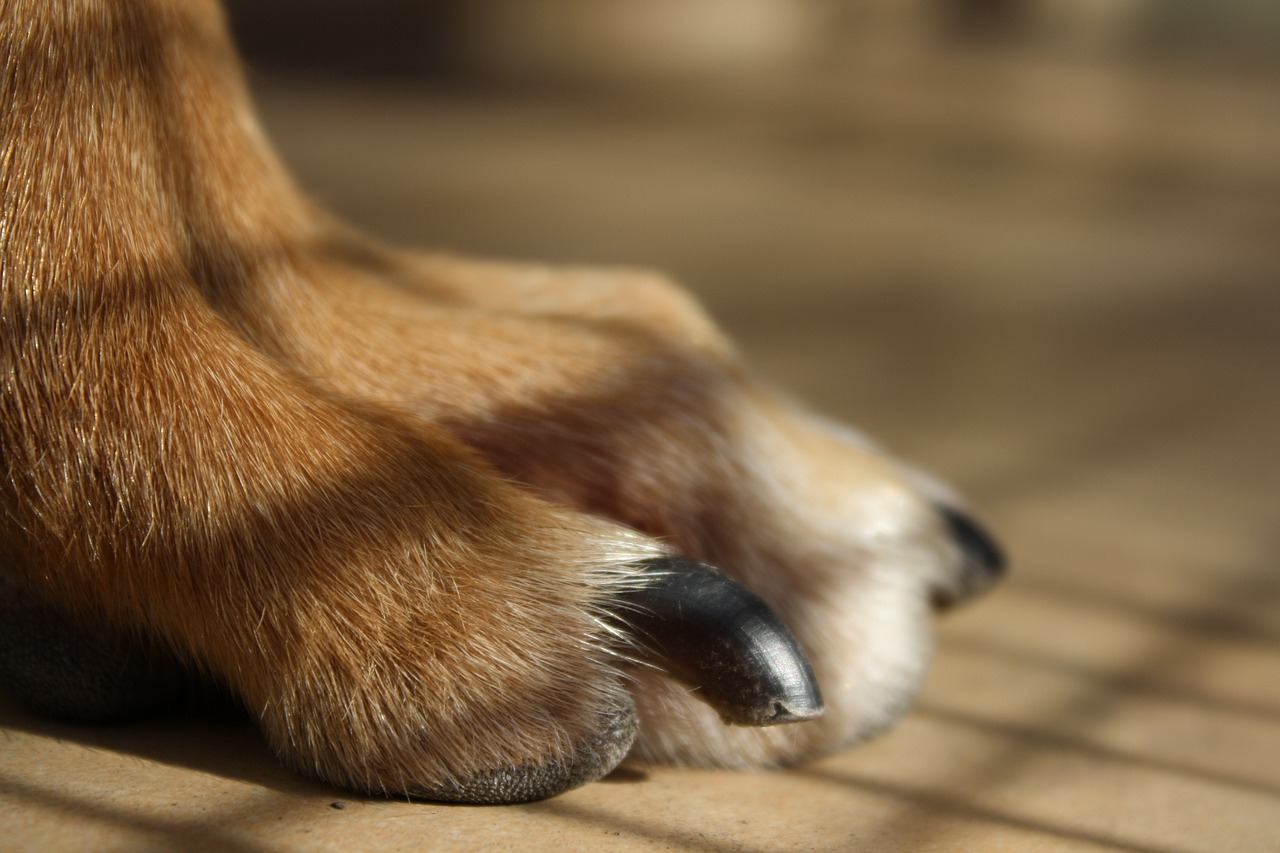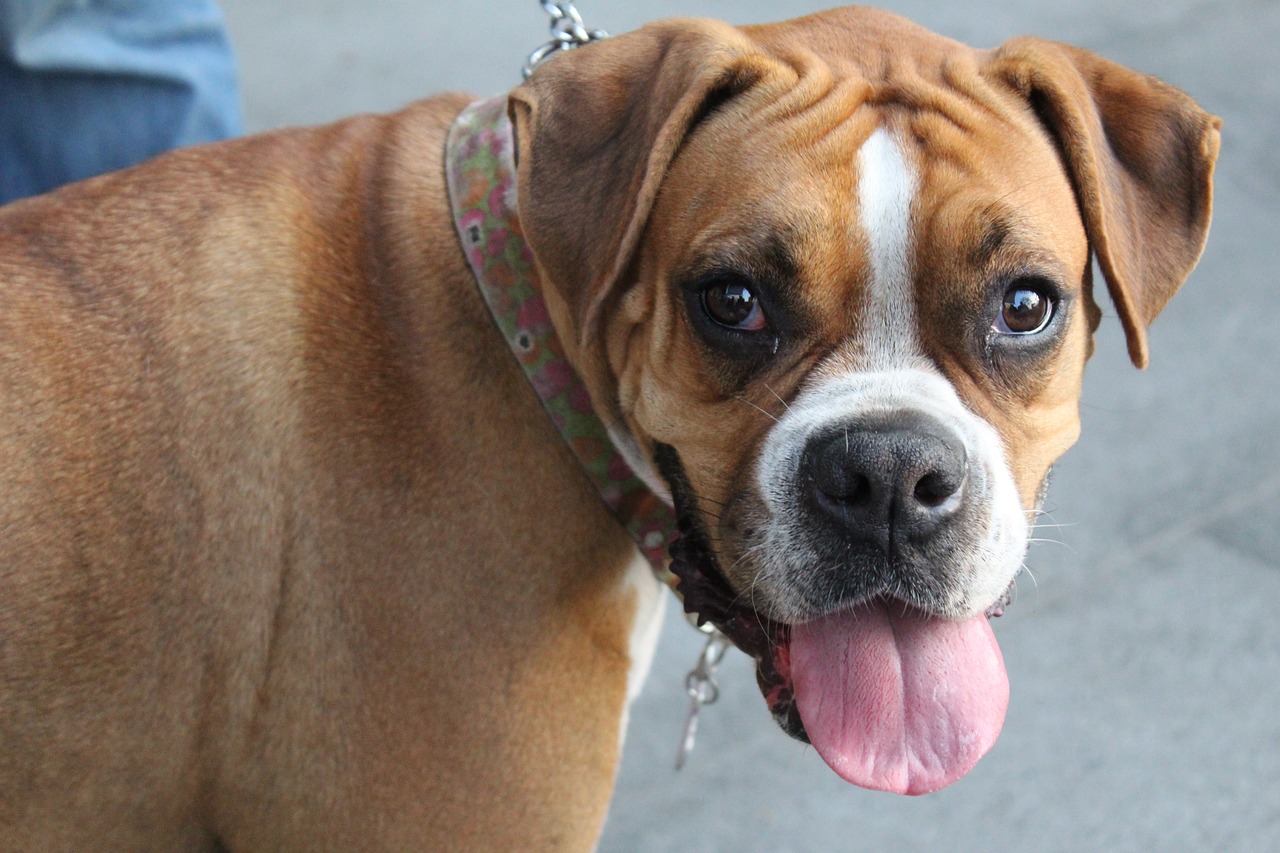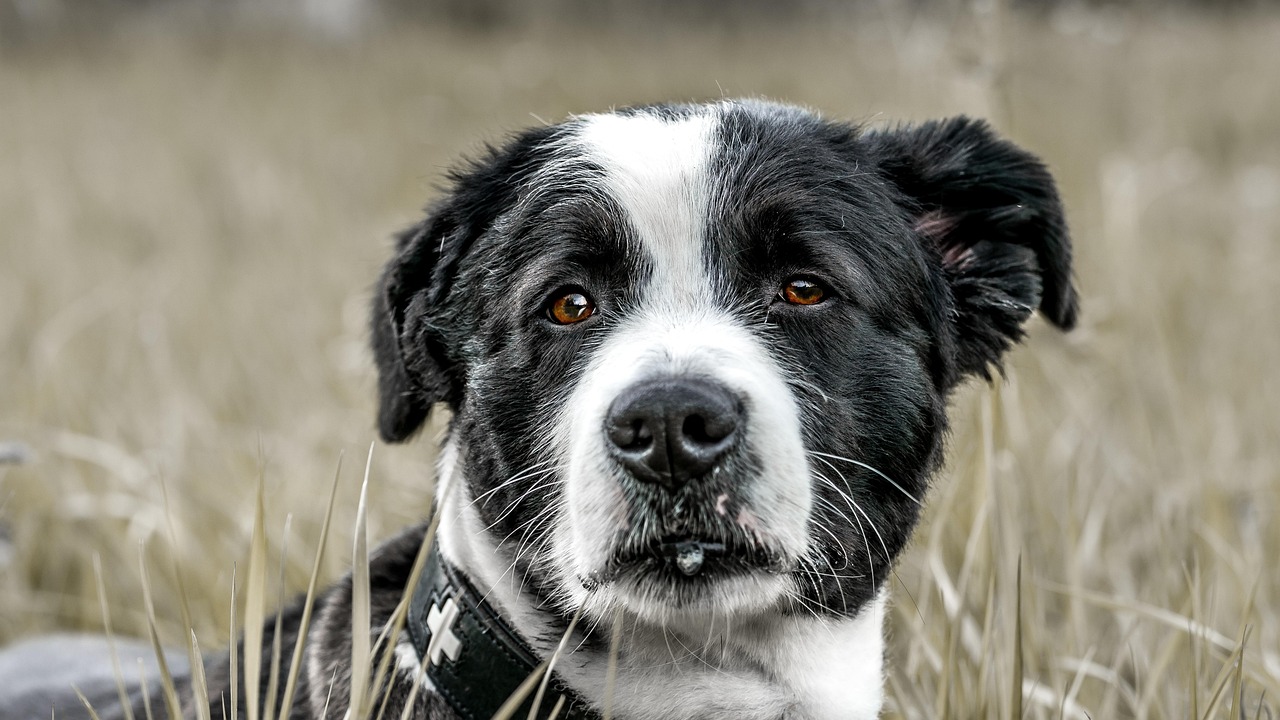This article provides essential information on how to effectively treat dog bite wounds, including first aid steps, signs of infection, and when to seek professional medical help.
Understanding Dog Bites
Dog bites can vary significantly in severity, ranging from minor scratches to serious wounds. Understanding the nature of these injuries is crucial for effective treatment and prevention of complications. It is important to assess the bite based on its depth, location, and the overall health of the dog involved.
Immediate First Aid Steps
Taking immediate action is vital after a dog bite. Here are the essential first aid steps to minimize damage and promote healing:
- Cleaning the Wound: Properly cleaning a dog bite wound can prevent infection. Use mild soap and clean water to gently wash the area.
- Applying Antiseptic: After cleaning, apply a suitable antiseptic to reduce the risk of infection.
- Applying a Bandage: Cover the wound with a sterile bandage to protect it from further injury and contamination.
Recognizing Signs of Infection
Identifying signs of infection early can be crucial in preventing serious complications. Look for:
- Redness and swelling around the wound
- Pus or discharge
- Increased pain or tenderness
When to Seek Medical Attention
Consult a healthcare professional if you notice any signs of infection or if the wound is deep, bleeding profusely, or if the dog was acting strangely.
Treatment Options for Severe Bites
Severe dog bites may require more than basic first aid:
- Stitches and Surgical Intervention: In some cases, stitches may be necessary to close the wound properly.
- Antibiotics and Pain Management: Antibiotics can help prevent infections, while pain management is crucial for recovery.
Preventing Future Dog Bites
Prevention is key to avoiding dog bites. Here are practical tips:
- Understanding Dog Behavior: Being aware of canine body language can help prevent bites.
- Education and Awareness: Educate yourself and others about safe interactions with dogs.
Conclusion
Proper treatment and care for dog bite wounds are essential for recovery. By following the guidelines outlined in this article, you can ensure effective healing and minimize complications.

Understanding Dog Bites
Dog bites can vary significantly in severity, ranging from minor scratches to serious injuries that may require medical attention. It is essential to understand the nature of these bites to ensure proper treatment and prevent complications. Recognizing the various factors that contribute to dog bites can help in both prevention and management of injuries.
Dog bites often occur due to a variety of reasons, including fear, territorial behavior, or pain. Understanding these triggers can aid in avoiding potential incidents. For instance, a dog that feels threatened may bite as a form of self-defense. Additionally, dogs may bite during play or when they are startled. Therefore, being aware of canine body language is crucial.
In many cases, dog bites may not appear severe at first glance. However, even minor wounds can become infected if not treated properly. It is vital to assess the bite’s depth and location, as bites on the face, hands, or feet may pose more significant risks. Immediate attention to any bite is necessary, regardless of its initial appearance.
Furthermore, understanding the potential complications arising from dog bites is critical. Infections, nerve damage, and even psychological trauma can result from these incidents. Therefore, prompt evaluation and treatment are paramount. If a bite is deep or shows signs of infection, such as increased redness, swelling, or pus, seeking professional medical help is essential.
In conclusion, recognizing the nature of dog bites and their potential implications is vital for effective treatment and prevention. Educating oneself about dog behavior and appropriate responses can significantly reduce the risk of bites, ensuring safer interactions between humans and dogs.

Immediate First Aid Steps
Immediate action is crucial after a dog bite to ensure proper healing and to minimize potential complications. Knowing the right first aid steps can make a significant difference in the outcome of the injury. Below, we outline the essential first aid measures you should take immediately following a dog bite.
- Stay Calm: It’s important to remain calm to assess the situation effectively. Panic can lead to poor decision-making.
- Control Bleeding: If the wound is bleeding, apply gentle pressure with a clean cloth or bandage. Elevate the area if possible to reduce blood flow.
- Clean the Wound: Rinse the bite area under lukewarm water for at least 5-10 minutes. Use mild soap to gently cleanse the wound, ensuring all dirt and debris are removed.
- Apply Antiseptic: After cleaning, apply an antiseptic solution to the wound. This helps to kill any remaining bacteria and reduces the risk of infection.
- Cover the Wound: Use a sterile bandage to cover the wound. This protects it from dirt and further injury. Change the bandage daily or if it becomes wet or dirty.
- Monitor for Symptoms: Keep an eye on the wound for signs of infection, such as increased redness, swelling, or pus. If any of these symptoms occur, seek medical attention promptly.
- Seek Medical Attention: If the bite is deep, bleeding does not stop, or if the dog is unknown or unvaccinated, consult a healthcare professional immediately.
By following these first aid steps, you can significantly improve the healing process and reduce the risk of complications after a dog bite. Remember, timely intervention is key!
Cleaning the Wound
Cleaning a dog bite wound is a crucial step in preventing infection and promoting healing. Whether the bite is minor or severe, proper wound care can significantly reduce the risk of complications. Here, we will discuss the best practices for cleaning and disinfecting a dog bite wound effectively.
- Wash Your Hands: Before handling the wound, ensure your hands are clean. Use soap and water or hand sanitizer to minimize the risk of introducing bacteria.
- Rinse the Wound: Gently rinse the affected area under lukewarm running water. This helps to remove any dirt, debris, or saliva that may have entered the wound.
- Use Mild Soap: Apply a mild soap around the wound area. Avoid getting soap directly into the wound as it can cause irritation. Rinse thoroughly to ensure all soap is removed.
- Pat Dry: After rinsing, gently pat the area dry with a clean, soft cloth or sterile gauze. Avoid rubbing, as this can cause further irritation.
- Apply Antiseptic: After cleaning, apply an antiseptic solution or ointment to the wound. Options like hydrogen peroxide or iodine-based solutions are effective in reducing infection risk.
- Cover the Wound: Once disinfected, cover the wound with a sterile bandage to protect it from dirt and bacteria. Change the bandage daily or if it becomes wet or dirty.
After cleaning and dressing the wound, it is essential to monitor it for any signs of infection. Look for symptoms such as redness, swelling, increased pain, or pus. If any of these symptoms occur, seek medical attention promptly.
By following these steps for cleaning and disinfecting a dog bite wound, you can greatly reduce the risk of infection and promote healing. Always remember to consult a healthcare professional if you have any concerns regarding the wound or if the bite is severe.
Using Soap and Water
When it comes to treating a dog bite, the initial step is crucial for effective wound care. Using mild soap and clean water is fundamental in ensuring that the affected area is properly cleansed. This process helps to eliminate dirt, debris, and harmful bacteria that may have entered the wound during the incident.
The first action should be to gently rinse the bite site under a stream of lukewarm water. This not only flushes out any visible contaminants but also begins the process of cleaning the wound. It is important to avoid using hot or cold water, as extreme temperatures can cause additional discomfort.
After rinsing, apply a small amount of mild soap to the area. Look for a soap that is free of fragrances and harsh chemicals, as these can irritate the skin further. Gently scrub the wound with your fingers or a soft cloth, taking care not to apply too much pressure, which could exacerbate the injury.
Once the area is lathered, rinse thoroughly with clean water to ensure all soap residue is removed. Proper rinsing is essential, as leftover soap can lead to irritation and delay healing.
After cleaning the wound with soap and water, pat the area dry with a clean towel or cloth. Avoid rubbing the wound, as this may cause additional trauma. Following this step, you can proceed with applying an antiseptic to further reduce the risk of infection.
In summary, the use of mild soap and clean water is a vital first step in the wound care process following a dog bite. This simple yet effective measure can significantly decrease the likelihood of complications and promote quicker healing.
Applying Antiseptic
After thoroughly cleaning a dog bite wound, applying an antiseptic is a crucial step that can significantly reduce the risk of infection. Understanding the types of antiseptics available and their effectiveness is essential for proper wound care.
Types of Antiseptics for Wound Care
- Alcohol-Based Antiseptics: These are commonly used for their ability to kill bacteria. However, they can be irritating to open wounds and should be used cautiously.
- Iodine Solutions: Povidone-iodine is a popular antiseptic that is effective against a wide range of pathogens. It is gentle on the skin and can help prevent infection.
- Chlorhexidine: This is a widely used antiseptic in medical settings. It is effective against bacteria, viruses, and fungi, making it a great option for treating dog bite wounds.
- Hydrogen Peroxide: While it is effective at cleaning wounds, it can also damage healthy tissue. It is best used sparingly and not as a long-term solution.
- Antibiotic Ointments: Products containing bacitracin or neomycin can provide an additional layer of protection against infection and promote healing.
How to Apply Antiseptic Properly
1. Ensure the wound is clean and dry.2. Use a clean cotton ball or gauze pad to apply the antiseptic.3. Gently dab the antiseptic onto the wound without scrubbing.4. Allow the antiseptic to air dry before covering the wound.
Choosing the right antiseptic and applying it correctly can greatly enhance the healing process and minimize the risk of complications. Always consult a healthcare professional if you have concerns about the wound or if signs of infection develop.
Applying a Bandage
is a crucial step in the care of a dog bite wound. Proper bandaging not only protects the wound from further injury but also helps prevent contamination by bacteria and other harmful agents. In this section, we will explore the best techniques for bandaging a dog bite effectively, ensuring optimal healing and protection.
When it comes to bandaging a dog bite, it is essential to follow a systematic approach:
- Gather Supplies: Before you begin, ensure you have all necessary materials on hand. You will need:
- Clean bandages or sterile gauze
- Medical tape or adhesive
- Antiseptic wipes
- Scissors (if needed)
- Clean the Wound: As mentioned previously, cleaning the wound is vital. Use mild soap and water to gently wash the area, followed by antiseptic to minimize the risk of infection.
- Apply a Sterile Dressing: Place a sterile gauze pad directly over the wound. Ensure that it covers the entire area to provide maximum protection.
- Secure the Bandage: Use medical tape or a bandage to secure the dressing in place. Be careful not to wrap it too tightly, as this can restrict blood flow.
- Monitor the Bandage: Check the bandage regularly for signs of moisture or blood. If it becomes saturated, change the bandage promptly to maintain cleanliness.
Remember: Proper bandaging is vital for the healing process. If you notice any signs of infection, such as increased redness, swelling, or pus, seek professional medical help immediately. Taking these precautions can significantly enhance recovery and reduce the risk of complications.
In conclusion, mastering the technique of applying a bandage to a dog bite is essential for effective wound care. By following these steps, you can ensure that the wound is protected and healing progresses smoothly.
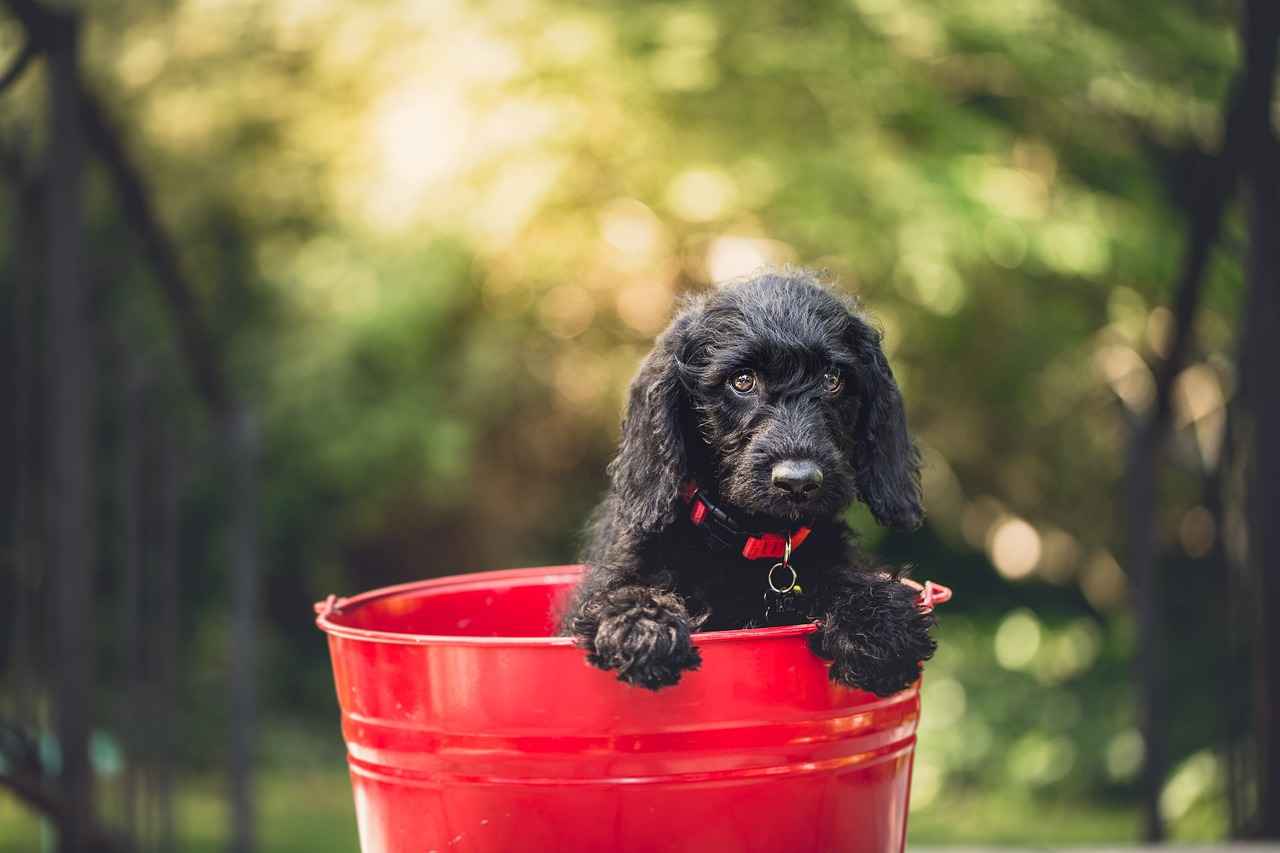
Recognizing Signs of Infection
After a dog bite, it is imperative to monitor the wound closely for any signs of infection. Early detection can significantly reduce the risk of serious complications. This section outlines the key indicators you should be aware of following a dog bite.
| Signs of Infection | Description |
|---|---|
| Redness | Increased redness around the wound is often a first sign of infection. If the area becomes noticeably redder than the surrounding skin, it may indicate a problem. |
| Swelling | While some swelling is normal after a bite, excessive swelling can be a sign of infection. Pay attention to any changes over time. |
| Pus or Discharge | The presence of pus or any unusual discharge from the wound is a clear indicator of infection. It is essential to seek medical advice if this occurs. |
| Increased Pain | If the pain intensifies rather than subsides, it may signal an underlying infection. Monitor your pain levels closely. |
| Fever | A fever can be a systemic response to infection. If you develop a fever after a dog bite, consult a healthcare professional. |
In addition to these physical signs, emotional symptoms such as increased anxiety or fear surrounding the bite area may also indicate that something is wrong. If you notice any of these signs, it is crucial to act promptly and seek medical attention to prevent further complications.
Recognizing these signs early can make a significant difference in your recovery process. Always err on the side of caution and consult a healthcare provider if you have any concerns regarding a dog bite.
Common Symptoms
Understanding the signs of infection after a dog bite is crucial for effective treatment and recovery. When a dog bite occurs, the body’s response can lead to various symptoms that may indicate an underlying infection. Recognizing these symptoms early can significantly impact the healing process and help prevent serious complications.
Common symptoms to watch for include:
- Redness: This is often the first visible sign of infection. If the area around the bite becomes increasingly red, it may indicate that the body is fighting an infection.
- Swelling: Inflammation is a natural response to injury. However, excessive swelling that does not subside could signal an infection.
- Pus: The presence of pus is a clear indication that an infection may be developing. Pus is typically yellow or green and may have a foul odor.
- Increased Pain: While some pain is expected after a bite, if the pain intensifies over time rather than improving, it may be a sign of infection.
- Fever: A systemic response to infection can manifest as a fever. If a fever develops following a dog bite, it’s essential to seek medical attention.
Recognizing these symptoms can lead to timely intervention, which is critical for effective treatment. If any of these signs are observed, it is advisable to consult a healthcare professional promptly. Early treatment can help in managing the infection effectively and can prevent further complications.
In summary, being aware of the common symptoms of infection after a dog bite, such as redness, swelling, pus, increased pain, and fever, is vital for ensuring proper care and recovery. Always prioritize your health and seek professional advice when necessary.
When to Seek Medical Attention
Understanding the right time to consult a healthcare professional is crucial in managing injuries, especially those resulting from dog bites. While many bites can be treated at home, certain circumstances require medical intervention to prevent complications and ensure proper healing.
- Deep Wounds: If the bite has penetrated deeply into the skin, it is essential to seek medical help. Deep wounds can damage underlying tissues, nerves, or blood vessels, necessitating professional evaluation.
- Excessive Bleeding: If the wound is bleeding profusely and does not stop after applying pressure for several minutes, immediate medical attention is necessary. This could indicate a serious injury that requires stitches or other interventions.
- Signs of Infection: Watch for symptoms such as increased redness, swelling, warmth, or pus around the wound. If these signs appear, it is vital to consult a healthcare provider, as infections can escalate quickly.
- Dog’s Vaccination Status: If the dog that bit you is not up-to-date on its rabies vaccinations, it is crucial to seek medical advice. Rabies is a serious viral infection that can be fatal if not treated promptly.
- Allergic Reactions: If you experience symptoms like difficulty breathing, swelling of the face or throat, or hives after a dog bite, seek emergency medical care immediately, as these may indicate a severe allergic reaction.
- Underlying Health Conditions: Individuals with compromised immune systems or chronic health issues should consult a healthcare professional even for minor bites, as they are at higher risk for complications.
In summary, being aware of the signs that necessitate medical attention can significantly impact recovery outcomes. Always err on the side of caution and consult a healthcare provider if you are unsure about the severity of a dog bite.
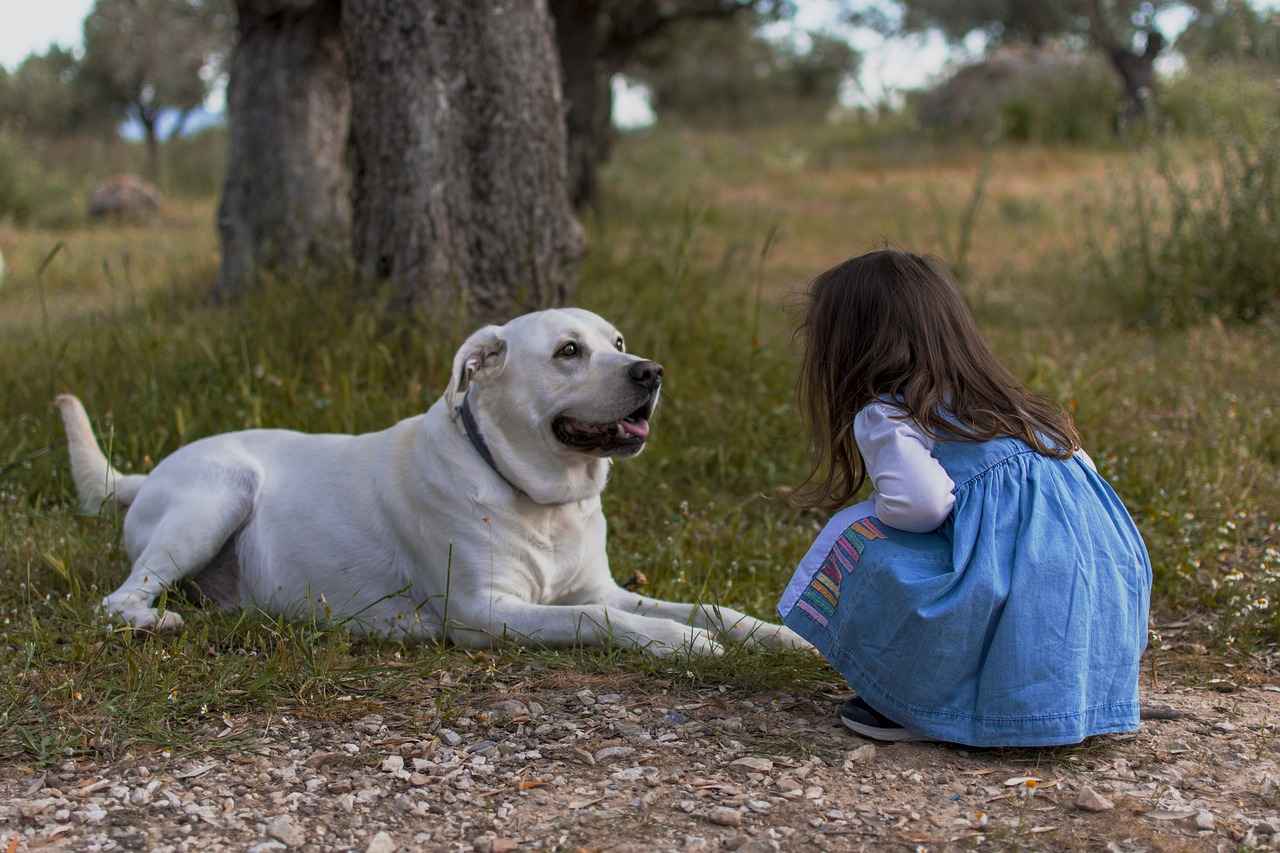
Treatment Options for Severe Bites
Severe dog bites can lead to significant injuries that require more than just basic first aid. Understanding the appropriate treatment options is crucial for effective recovery and minimizing complications. Here, we explore various treatment avenues available for serious dog bite injuries.
Stitches and Surgical Intervention
In cases where the skin is torn or there is deep tissue damage, stitches may be necessary to close the wound. This procedure not only aids in healing but also helps to reduce scarring. Surgical intervention might be required for more complex injuries, such as those involving nerves, muscles, or blood vessels. During surgery, a healthcare professional will clean the wound thoroughly and may perform reconstructive techniques to restore the affected area.
Antibiotics and Pain Management
To prevent infections following a severe dog bite, antibiotics are often prescribed. These medications are essential, especially if the bite is deep or if the wound shows signs of infection. Additionally, pain management is a critical aspect of recovery. Over-the-counter pain relievers may suffice, but in some cases, stronger prescription medications might be required to manage severe pain effectively.
Follow-Up Care
Regular follow-up appointments with a healthcare provider are vital to monitor the healing process. During these visits, the doctor will check for signs of infection, assess pain levels, and make any necessary adjustments to the treatment plan. It’s also an opportunity to address any concerns or complications that may arise during recovery.
Psychological Support
Severe dog bites can also have a psychological impact on victims. Counseling or therapy may be beneficial for those experiencing anxiety or fear related to dogs after the incident. Seeking support from mental health professionals can help individuals cope with emotional distress and facilitate a complete recovery.
In conclusion, addressing severe dog bites requires a comprehensive approach that includes medical treatment, ongoing care, and psychological support. By understanding these treatment options, victims can take significant steps toward recovery and regain their confidence.
Stitches and Surgical Intervention
are critical components in the treatment of severe dog bite wounds. When a bite results in deep lacerations or significant tissue damage, it is essential to address these injuries promptly to prevent complications such as infection or improper healing.
In many cases, stitches, also known as sutures, are necessary to close the wound effectively. This procedure helps to align the edges of the skin, allowing for proper healing and minimizing scarring. Here’s what you can expect during the process:
- Initial Assessment: A healthcare professional will first evaluate the severity of the wound. This includes checking for damage to underlying structures such as muscles, nerves, and blood vessels.
- Anesthesia: Depending on the depth and location of the bite, local or general anesthesia may be administered to ensure the patient is comfortable during the procedure.
- Wound Cleaning: Before stitching, the wound will be thoroughly cleaned to remove any debris and bacteria. This step is crucial to reduce the risk of infection.
- Suturing: The healthcare provider will then use sterile sutures to close the wound. The technique used may vary, ranging from simple stitches to more complex patterns, depending on the wound’s nature.
- Post-Procedure Care: After stitches are applied, the area will be bandaged. Patients will receive instructions on how to care for the wound at home, including signs of infection to watch for.
It is important to note that in some cases, additional surgical intervention may be necessary. This could involve procedures to repair damaged tissues or reconstruct the area. Always consult with a qualified medical professional to determine the best course of action for severe dog bite injuries.
By understanding the importance of stitches and surgical intervention, you can ensure that serious dog bite wounds are treated effectively, promoting healing and reducing the risk of complications.
Antibiotics and Pain Management
play a crucial role in the treatment of dog bite wounds. When a dog bite occurs, the risk of infection is significant due to the presence of bacteria in the dog’s mouth. Therefore, antibiotics are often prescribed to prevent infections that can complicate recovery. This section will explore the medications commonly used for dog bite victims, highlighting their importance and usage.
In the aftermath of a dog bite, immediate medical attention is advisable, especially for deep or severe wounds. Healthcare professionals typically assess the extent of the injury and determine whether antibiotics are necessary. Commonly prescribed antibiotics include:
- Amoxicillin-Clavulanate: This is a broad-spectrum antibiotic effective against various bacteria, making it a popular choice for dog bite injuries.
- Doxycycline: Often used for its effectiveness against specific bacteria, doxycycline is another option that may be recommended.
- Ciprofloxacin: This antibiotic is particularly useful for more severe infections and is effective against a wide range of pathogens.
In addition to antibiotics, pain management is essential for recovery. Dog bites can cause significant discomfort, and managing pain is crucial for the healing process. Common pain relief medications include:
- Ibuprofen: This non-steroidal anti-inflammatory drug (NSAID) can help alleviate pain and reduce inflammation.
- Acetaminophen: While effective for pain relief, it should be used with caution and under medical advice, especially in conjunction with other medications.
It is important to follow the prescribed dosage and duration for both antibiotics and pain management medications. Failure to complete the antibiotic course can lead to antibiotic resistance or persistent infection. Always consult with a healthcare provider for personalized advice and treatment options.
In conclusion, antibiotics and pain management are vital components of treating dog bite wounds. They not only help in preventing infections but also ensure a more comfortable recovery process for the victim.

Preventing Future Dog Bites
is essential for ensuring the safety of both humans and dogs. Understanding the factors that contribute to dog bites can significantly reduce the risk of such incidents. Below are practical tips and strategies to help prevent dog bites in various situations.
- Know the Dog’s Body Language: Recognizing signs of aggression or fear in dogs can help you avoid potential bites. Look for:
- Raised hackles
- Growling or barking
- A stiff posture
- Showing teeth
- Educate Yourself and Others: Understanding dog behavior is crucial. Share education on safe interactions with dogs, especially with children. Resources such as dog training classes or workshops can be beneficial.
- Supervise Interactions: Always supervise children when they are playing with dogs. Teach them to approach dogs calmly and to avoid sudden movements that may startle the dog.
- Properly Socialize Dogs: Ensuring that your dog is well-socialized with various people and environments can reduce anxiety and aggressive behaviors. Regular exposure to different situations can help dogs become more comfortable and less reactive.
- Use Leashes and Fences: When in public spaces, always keep your dog on a leash. Secure your yard with fences to prevent your dog from escaping and encountering strangers.
Conclusion: By implementing these strategies, you can significantly reduce the risk of dog bites. Understanding dog behavior, educating yourself and others, and supervising interactions are key components in promoting a safe environment for both dogs and humans. Remember, prevention is always better than treatment.
Understanding Dog Behavior
is crucial for anyone who interacts with dogs. By being aware of canine body language, you can significantly reduce the risk of bites and ensure safer interactions. Dogs communicate primarily through their body language, and recognizing the signs can help you respond appropriately and avoid dangerous situations.
Dogs express their feelings and intentions through various physical cues. For example, a dog that is feeling threatened may display a stiff posture, raised hackles, or a curled lip. Conversely, a relaxed dog may wag its tail and have a loose body posture. Understanding these signs is essential for interpreting a dog’s mood.
- Tail Position: A wagging tail does not always indicate happiness. A high, stiff wag can signal agitation, while a low wag may indicate submission or fear.
- Ear Position: Ears that are pulled back can indicate fear or submission, while ears that are perked up may signify alertness or curiosity.
- Mouth Behavior: A relaxed mouth with a slightly open jaw is a sign of a calm dog, whereas a tightly closed mouth or growling can indicate discomfort or aggression.
Additionally, understanding the context of a dog’s behavior is crucial. Factors such as the dog’s environment, the presence of strangers, or the situation can greatly influence a dog’s reaction. For instance, a dog may feel protective of its owner and react aggressively towards unfamiliar people.
To enhance safety, it is important to educate yourself and others about dog behavior. This can involve attending training sessions, reading books, or consulting with professionals. By fostering a better understanding of canine communication, you can create a safer environment for both dogs and humans.
In conclusion, being aware of and understanding dog behavior is key to preventing bites and ensuring positive interactions. By learning to read the signs, you can help promote a harmonious relationship between dogs and people.
Education and Awareness
are critical components in ensuring safe interactions with dogs. Understanding dog behavior and the proper ways to approach and handle them can significantly reduce the risk of bites and injuries. Here, we explore various resources and strategies for educating yourself and others about dog safety.
First and foremost, it’s essential to recognize that not all dogs are friendly. Understanding canine body language can help you gauge a dog’s mood and intentions. Resources such as books, online courses, and community workshops can provide valuable insights into how dogs communicate through their posture, tail movements, and facial expressions.
- Books: Titles like “The Other End of the Leash” by Patricia McConnell offer in-depth knowledge about dog behavior.
- Online Courses: Websites like Coursera and Udemy provide courses on dog training and behavior.
- Community Workshops: Local shelters and dog trainers often host workshops on safe dog interactions.
Additionally, teaching children how to interact safely with dogs is paramount. Children should learn to:
- Approach dogs calmly and quietly.
- Avoid sudden movements that may startle the dog.
- Ask the owner’s permission before petting a dog.
Moreover, sharing knowledge within your community can create a safer environment for both dogs and people. Consider organizing community events focused on dog safety awareness. These can include:
- Dog safety seminars
- Interactive demonstrations on reading dog body language
- Q&A sessions with veterinarians or professional dog trainers
In conclusion, educating yourself and others about safe interactions with dogs is not just beneficial; it’s essential. By utilizing available resources and actively participating in community education, you can help foster a culture of safety and understanding around dogs.
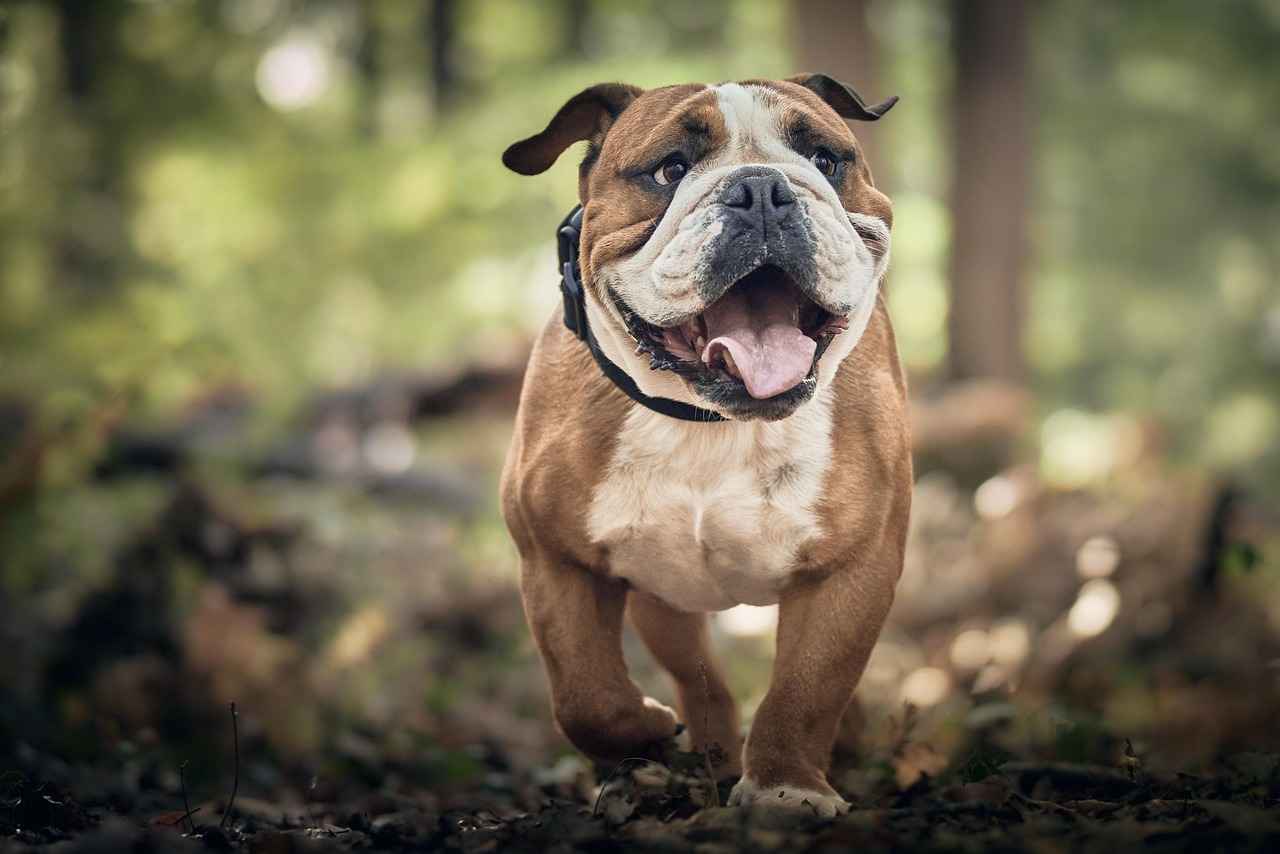
Conclusion
In summary, proper treatment and care for dog bite wounds are crucial for a successful recovery. It is important to act quickly and follow the recommended guidelines to ensure effective healing and minimize the risk of complications. Dog bites can lead to serious injuries, and understanding the appropriate steps to take can make a significant difference in the outcome.
First and foremost, immediate first aid is essential. This includes cleaning the wound thoroughly with soap and water, applying antiseptic, and covering the area with a sterile bandage. These actions help to prevent infection and promote healing. It is also important to monitor the wound for any signs of infection, such as redness, swelling, or pus, which may indicate the need for medical attention.
In cases of severe dog bites, seeking professional medical help is critical. Treatments may involve stitches, antibiotics, and pain management to ensure a complete recovery. Understanding when to consult a healthcare professional can prevent further complications and ensure that the injury is treated properly.
Moreover, preventing future dog bites is equally important. Educating yourself about dog behavior and safe interaction practices can significantly reduce the risk of bites. By being aware of canine body language and respecting a dog’s space, you can help create safer environments for both humans and dogs.
Ultimately, by following the guidelines outlined in this article, you can ensure that dog bite wounds are treated effectively. Taking the right steps not only aids in recovery but also contributes to a safer community for everyone involved.
Frequently Asked Questions
- What should I do immediately after a dog bite?
First, stay calm! Rinse the wound with clean water and mild soap to remove any dirt. Apply an antiseptic to prevent infection, and cover it with a clean bandage. If the bleeding doesn’t stop or the wound looks deep, seek medical help right away.
- How can I tell if a dog bite is infected?
Watch for signs like increased redness, swelling, warmth, or pus coming from the wound. If you notice any of these symptoms, it’s crucial to see a doctor as soon as possible to avoid complications.
- When should I seek professional medical help?
If the bite is deep, bleeding heavily, or if you see signs of infection, don’t hesitate to consult a healthcare professional. It’s better to be safe than sorry!
- What treatment options are available for severe dog bites?
Severe bites may require stitches or surgical intervention. Your doctor might also prescribe antibiotics to prevent infection and pain management medications to help with recovery.
- How can I prevent dog bites in the future?
Understanding dog behavior is key! Learn to read canine body language and educate yourself about safe interactions. Always approach dogs with caution, especially if they seem anxious or scared.


